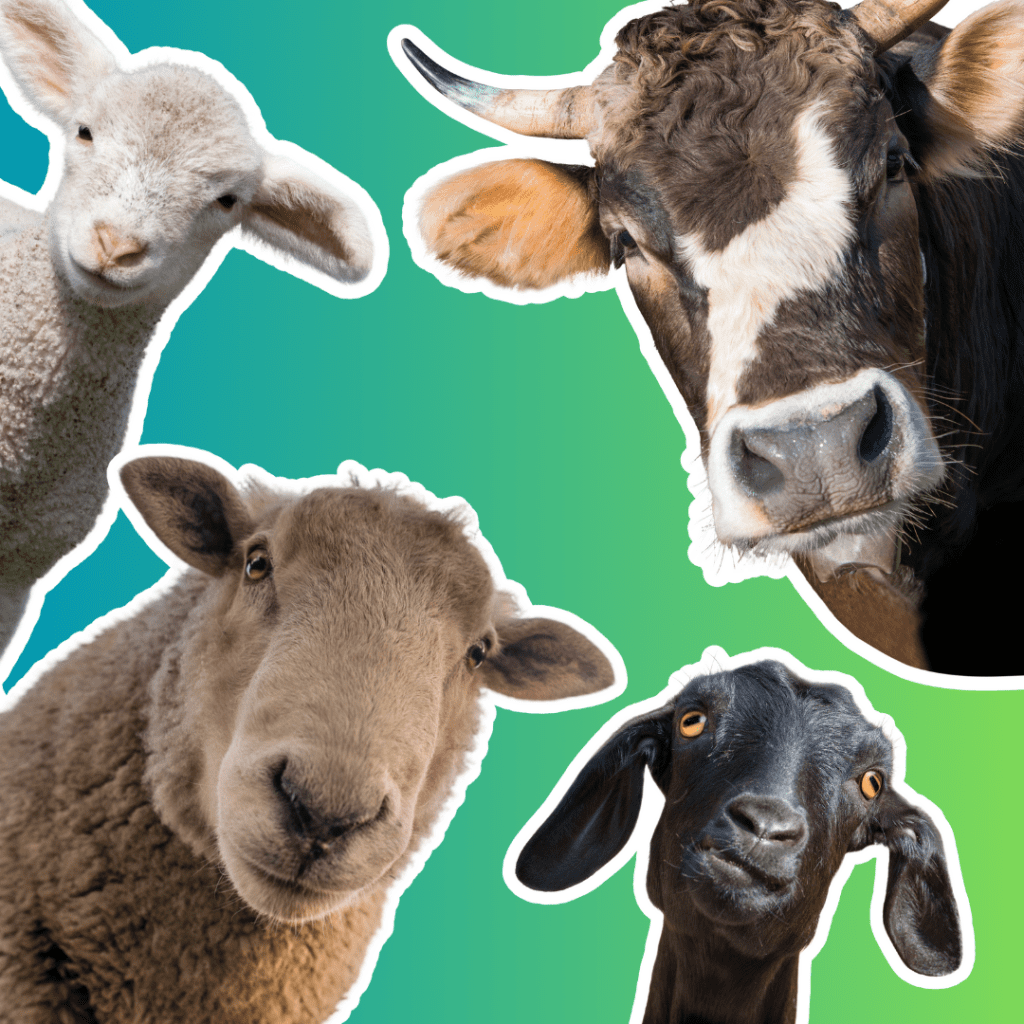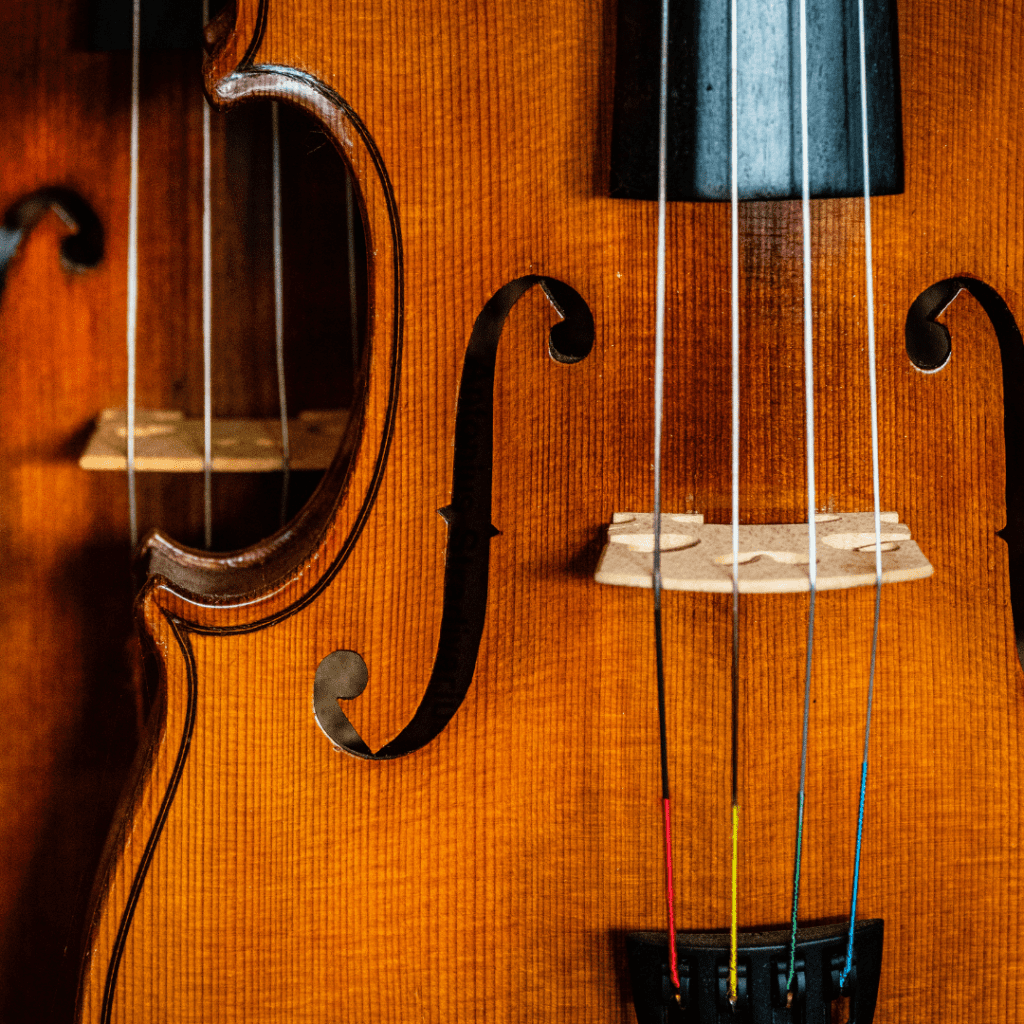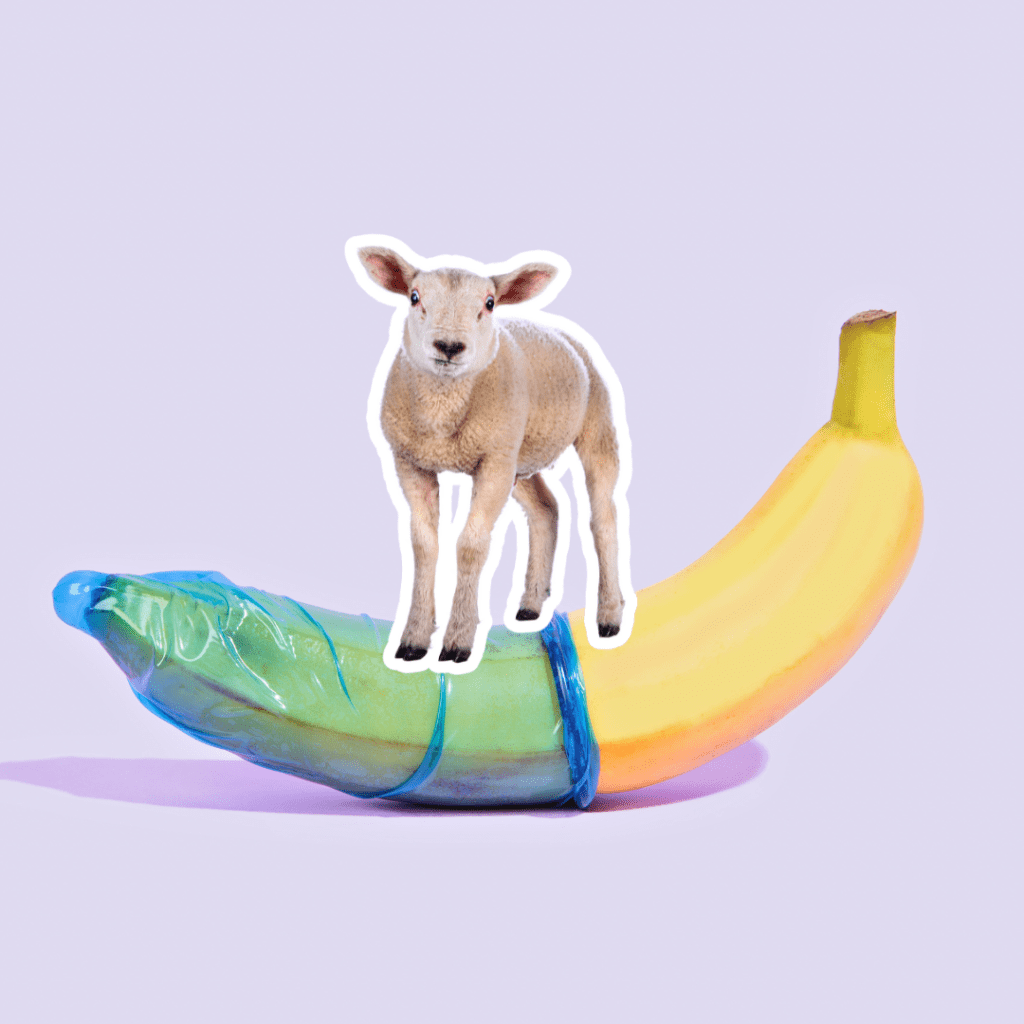Yes, you read that right – sheep, goat, and cow intestines are the unsung heroes behind some of your favorite things!

Ever heard of catgut? No, it’s not made from cats (phew!), but it’s a cord extracted from the walls of animal intestines. And it’s not just used for violins, but also for something a little more modern – condoms!
Our Ancestors Got Real Creative!
Back in the day, people didn’t have fancy synthetic materials and plastics like we do now. So, when it came to making musical instruments and protection, they had to think outside the box. And what’s more creative than using animal guts, right?
However, it begs the question: why sheep, goat, and cow intestines? Well, it’s simply because these animals have tough yet flexible guts that are perfect for crafting strings and sheaths. Plus, they were readily available as people in the olden days used to slaughter their own meat for food and other uses.

The Melodious Sounds of Violins
Imagine Beethoven shredding on his violin – that beautiful sound you hear? Yeah, it’s specifically thanks to those trusty animal intestines. The natural properties of catgut give violin strings their unique tone and resonance, making them a favorite among musicians for centuries. The higher the quality of catgut, the better the sound it makes on a violin!
However, since metal and other materials are already in today’s generation, most violins and string instruments are no longer made of guts! So, rest assured you can definitely choose what material you’d prefer for your instrument.

How Catgut Is Prepped for Violins
If you want to get historical and maybe prepare your own violin strings from intestines, then here are some of the steps for your catgut preparation:
- Step 1: Clean the small intestines to free them from fat.
- Step 2: Steep the cleaned intestines in water.
- Step 3: Scrape all external membranes and steep again in potassium hydroxide.
- Step 4: Draw the intestines out and smooth them.
- Step 5: Twist to make a string and vary it depending on the type that you’re making, whether it’s an E or A, etc.
- Step 6: Let the strings dry.
- Step 7: Polish the strings.
- Step 8: Dye the strings, if you prefer.
Some even wrap the strings in metal or another material to make it last longer. Also, aside from violins, catgut strings were used in early surgical sutures, tennis rackets, grandfather clocks, and even pocket watches.

Condoms Made from Lamb Guts
But lo and behold, there’s another twist in this gutsy tale – condoms! Before latex and other modern materials were invented, people still needed protection. Enter: animal intestines, specifically lamb’s cecum! Yep, our ancestors were using lambskin (again, not technically a lam’s skin) to create protections for safe sex. It might sound a little gross at first, but it worked!

Wanna try it out? Well, the good news is you still can! Lambskin condoms are still available globally. However, it may be a bit on the pricey side because of its production costs. According to those who have used it, lambskin offers more sensation as compared to its latex counterpart, and it also feels more natural.

So, there you have it – the quirky, unexpected history of how sheep, goat, lamb, and cow intestines became the go-to strings and safe sex protections of our ancestors. Have anything to add to the gutsy history? Share it to us in the comments below!

